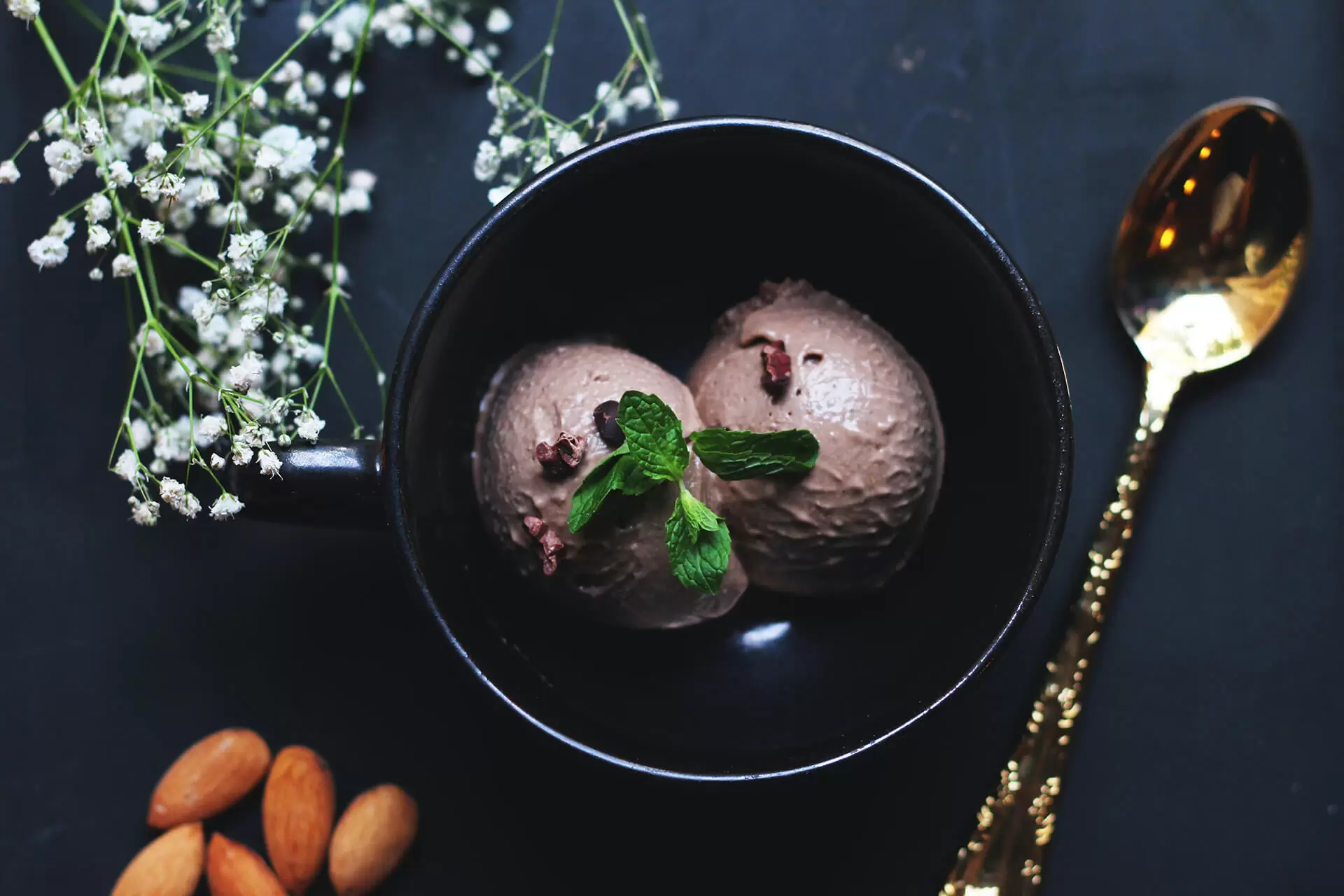
Eat breakfast.
No, wait, don’t eat breakfast.
Intermittent fast.
Try keto.
Bananas are full of sugar.
Actually, bananas are fine.
Celery juice provides the ultimate cleanse.
Or maybe incorporating mushrooms into your diet is the way to go.
It’s overwhelming, right? Particularly in the United States, there is a constant barrage of information. I’m constantly seeing targeted ads for the latest startup brand promising to deliver nutrients more efficiently than ever before. Instagram is filled with fitness influencers explaining the complicated and restrictive diet that led to their rock hard abs. It’s no better in brick and mortar. We go to the grocery store and see shelves and shelves of options. Making the right choice is daunting. How do we know who to believe?
This week’s podcast guest, Vanessa Rissetto, is a registered dietitian who founded a company called Culina Health. Culina Health debunks the stereotype that you have to be a Hollywood A-lister or Wall Street millionaire to work with a dietitian. They accept most major insurance plans to make personalized nutrition information accessible to all.
There is always going to be something new coming at you, and if it sounds too good to be true it likely is. For example, I’ve always been skeptical of juicing. As a health enthusiast but admittedly not a licensed practitioner, it seems to me that all juicing does is extract the sugar and get rid of all the good stuff. I don’t know about you, but I’d much rather eat my calories than drink them. As long as we’re appropriately informed about the building blocks of good health, trusting our instincts is usually the way to go.
Try it yourself:
Keep a food journal. At one point I was feeling uncharacteristically sluggish and decided to try an elimination diet. The basic premise is to slowly remove categories of food from your diet to see if there are certain things you’re eating that are irritating your gut. I was shocked to learn that the headaches I just thought were part of my normal life actually went away when I stopped eating gluten. Vanessa reinforced this point: there are some allergies that cause extreme reactions (like anaphylaxis) and others that are more benign. She referenced someone who got a runny nose after eating almonds. It didn’t affect their quality of life so drastically that they stopped eating almonds, but it was something that was unique to them. If you keep a food journal, even just for a short time, you can start to uncover patterns about how your body reacts to certain types of food and make your own decisions about how to go forward.
Measure your food (temporarily). While counting macros and weighing food down to the gram might work for some people, the majority of us don’t have time for that sort of thing. One of Vanessa’s tips is to temporarily keep track of portion sizes until you learn by sight how much you should be eating. 4 ounces might be a serving size of chicken, but do you have any idea what that looks like? I didn’t. To teach myself, I used a plate that had different sized sections with labels for protein, vegetables, carbs, etc. It sounds like the simplest thing, but it can really help instill good habits.
- Prioritize learning about your unique needs. Schedule time to speak with a dietitian (Culina Health is a great place to start) and make sure your labs are up-to-date through your doctor’s office. Having the data (as well as someone to help you interpret it) allows you to make informed choices based on your needs, activity level, age, environment, genetics, and lifestyle.






Related Posts
7 Reasons Why Professional Development Is Important
How to Create The Ultimate Self-Care Plan
7 Secrets to Becoming a Better Employee